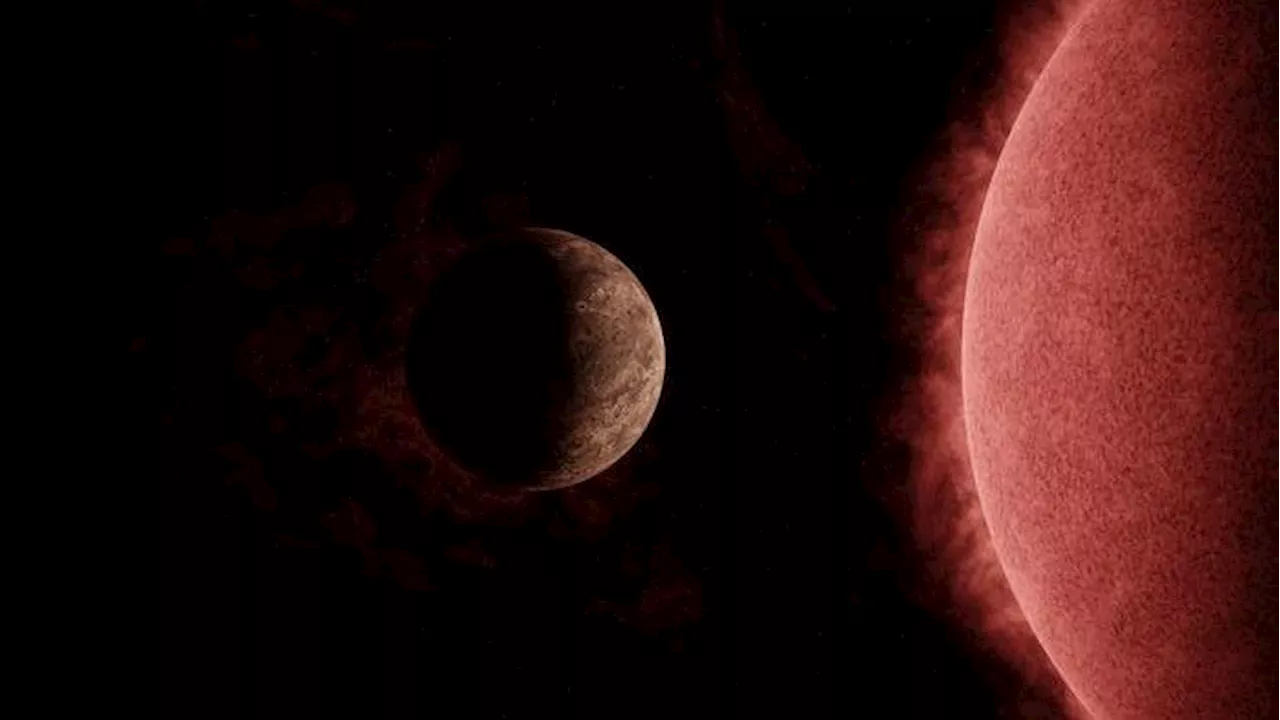Sharmila Kuthunur is a Seattle-based science journalist covering astronomy, astrophysics and space exploration. Follow her on X @skuthunur
Astronomers have discovered an Earth-size planet that is showered with so much radiation, its atmosphere eroded away long ago, leaving it bare. Life as we know it can't exist on this blistering world, but astronomers are interested in it for another reason: For the first time, they may be able to study the geology of a planet outside our solar system.
"Life as we know it could not emerge on the surface of the planet — atmosphere or not — because it could not sustain large amounts of water in liquid form," study lead author Michaël Gillon, an astronomer at the University of Liège in Belgium, told Live Science."It is a bare rock planet like Mercury."
The researchers"searched intensively" for planetary siblings of SPECULOOS-3 b in the same star system but did not find any, Gillon said. He noted that those additional planets may exist but are simply too small or too far out from their host star to be seen. The project's main goal is to detect rocky planets orbiting ultracool dwarf stars, whose tiny size makes it easier for telescopes to detect orbiting planets. In addition to being thousands of degrees cooler than the sun and hundreds of times dimmer, they burn through their fuel slowly and end up living far longer — around 100 billion years.
"If there's no atmosphere, there would be no blue sky or clouds — it would just be dark, like on the surface of the moon,"" study co-author Benjamin Rackham, a research scientist at MIT, said in a separate statement from MIT."And the ‘sun' would be a big, purplish-red, spotted, and flaring star that would look about 18 times as big as the sun looks to us in the sky.
United States Latest News, United States Headlines
Similar News:You can also read news stories similar to this one that we have collected from other news sources.
 FTSE 100 Keeps Hitting New Records, while Dow and Nasdaq 100 Continue to GainIndices begun the week well on Monday, and the FTSE 100 is poised to rejoin the fray at new record highs this morning.
FTSE 100 Keeps Hitting New Records, while Dow and Nasdaq 100 Continue to GainIndices begun the week well on Monday, and the FTSE 100 is poised to rejoin the fray at new record highs this morning.
Read more »
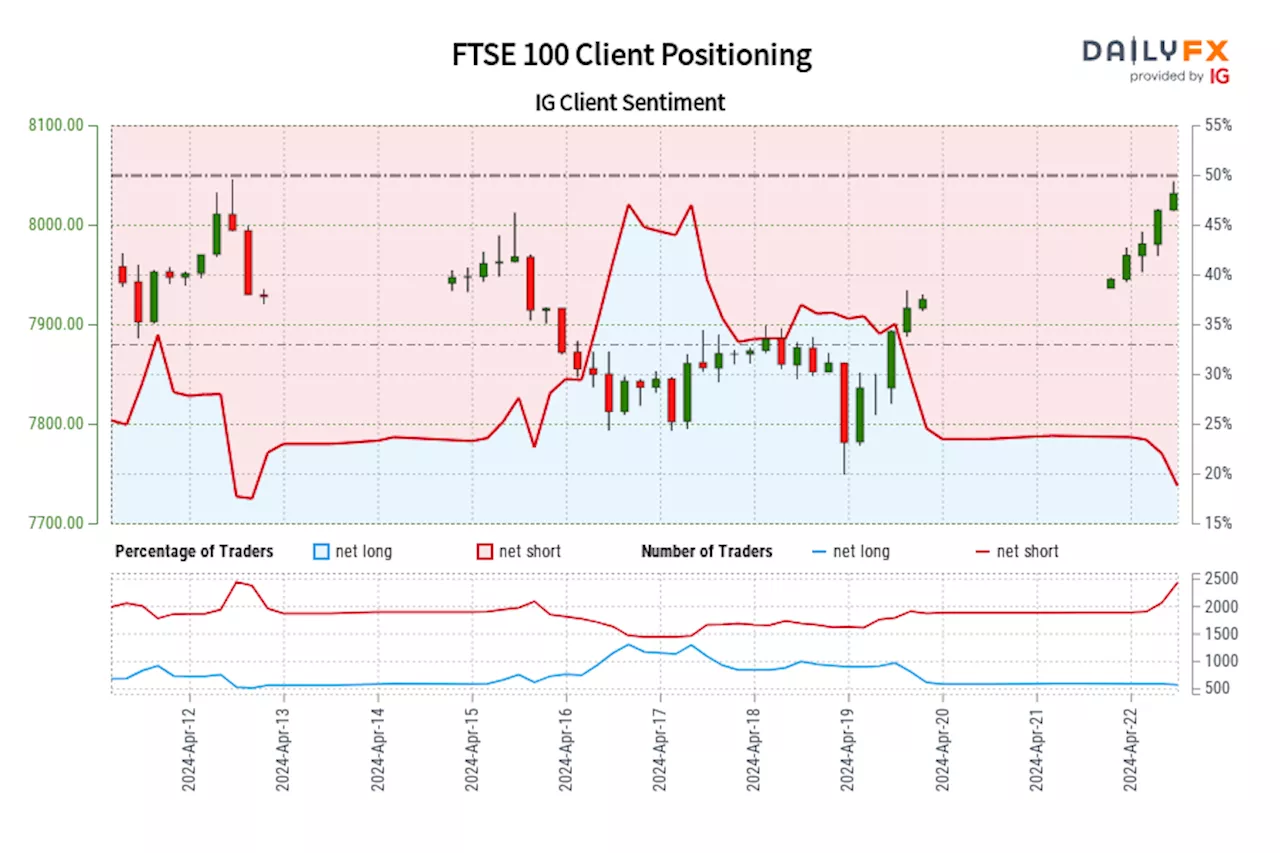 FTSE 100 IG Client Sentiment: Our data shows traders are now at their least net-long FTSE 100 since Apr 12 when FTSE 100 traded near 7,927.50.Traders are further net-short than yesterday and last week, and the combination of current sentiment and recent changes gives us a stronger FTSE 100-bullish contrarian trading bias.
FTSE 100 IG Client Sentiment: Our data shows traders are now at their least net-long FTSE 100 since Apr 12 when FTSE 100 traded near 7,927.50.Traders are further net-short than yesterday and last week, and the combination of current sentiment and recent changes gives us a stronger FTSE 100-bullish contrarian trading bias.
Read more »
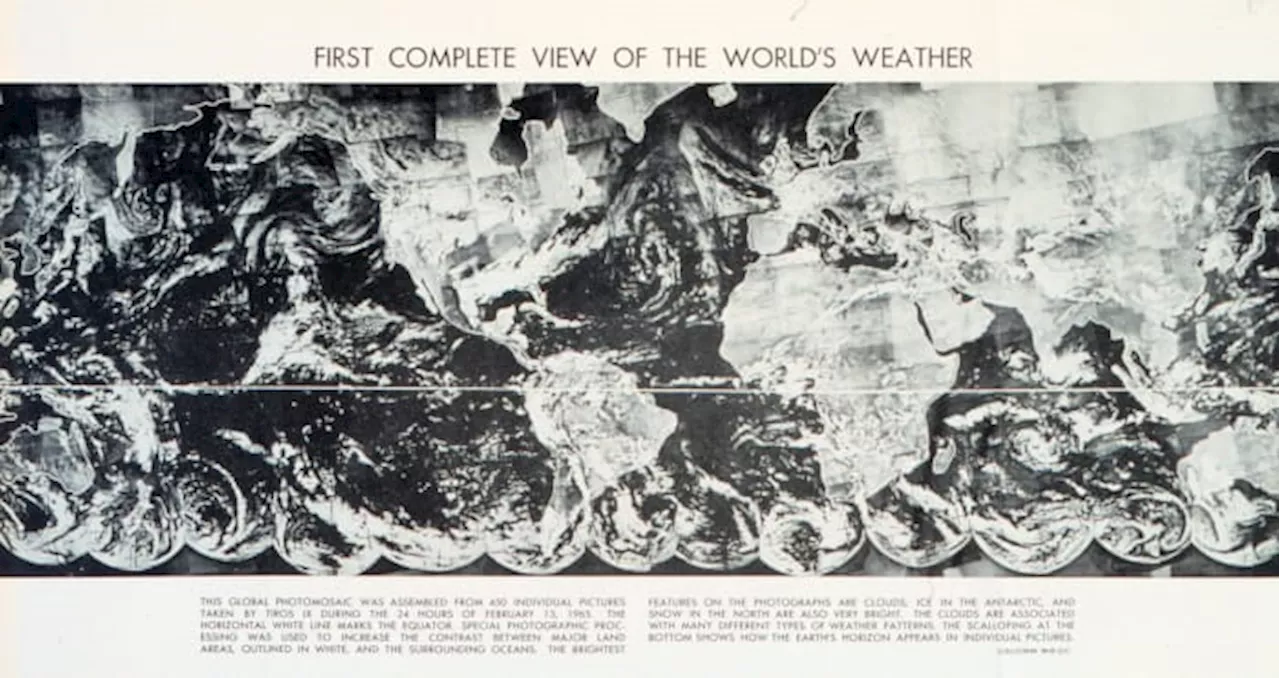 Celebrating Earth Day: The first satellite images of the earth were taken 64 years agoTIROS 1 was the first weather satellite, launched in 1960
Celebrating Earth Day: The first satellite images of the earth were taken 64 years agoTIROS 1 was the first weather satellite, launched in 1960
Read more »
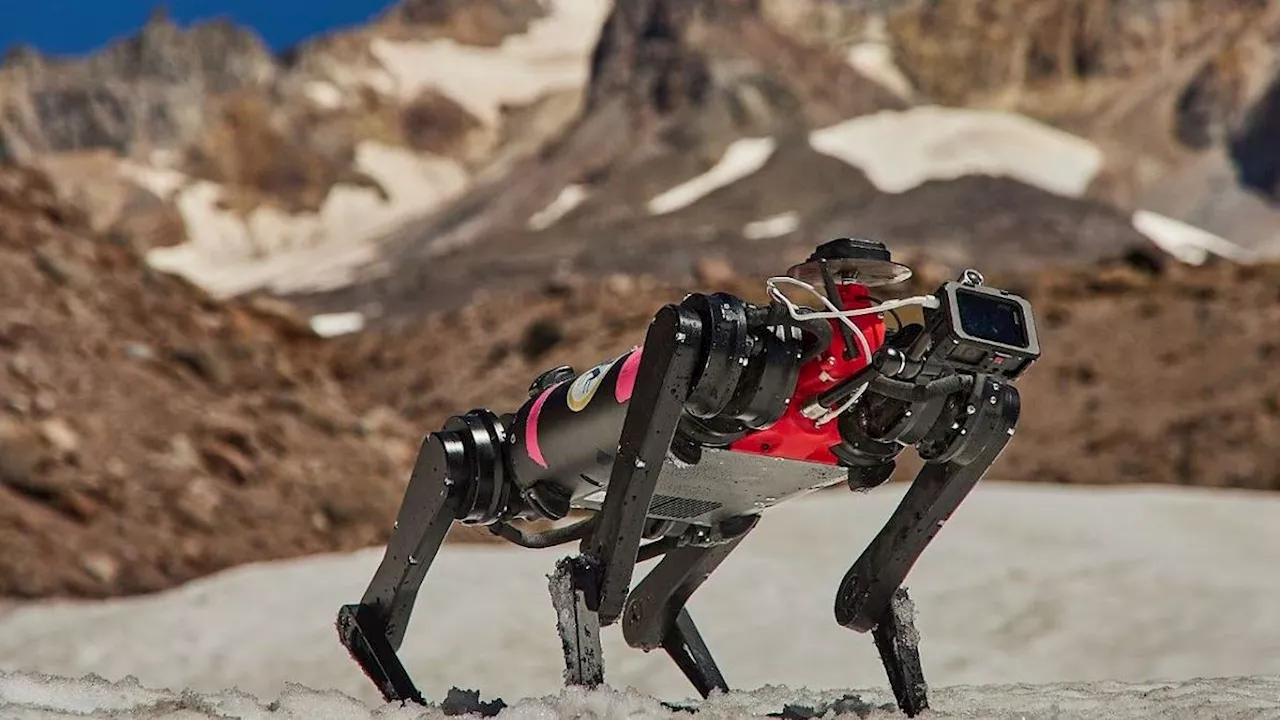 Packs of dog-shaped robots could one day roam the moon — if they can find their footing on Earth firstSharmila Kuthunur is a Seattle-based science journalist covering astronomy, astrophysics and space exploration. Follow her on X skuthunur
Packs of dog-shaped robots could one day roam the moon — if they can find their footing on Earth firstSharmila Kuthunur is a Seattle-based science journalist covering astronomy, astrophysics and space exploration. Follow her on X skuthunur
Read more »
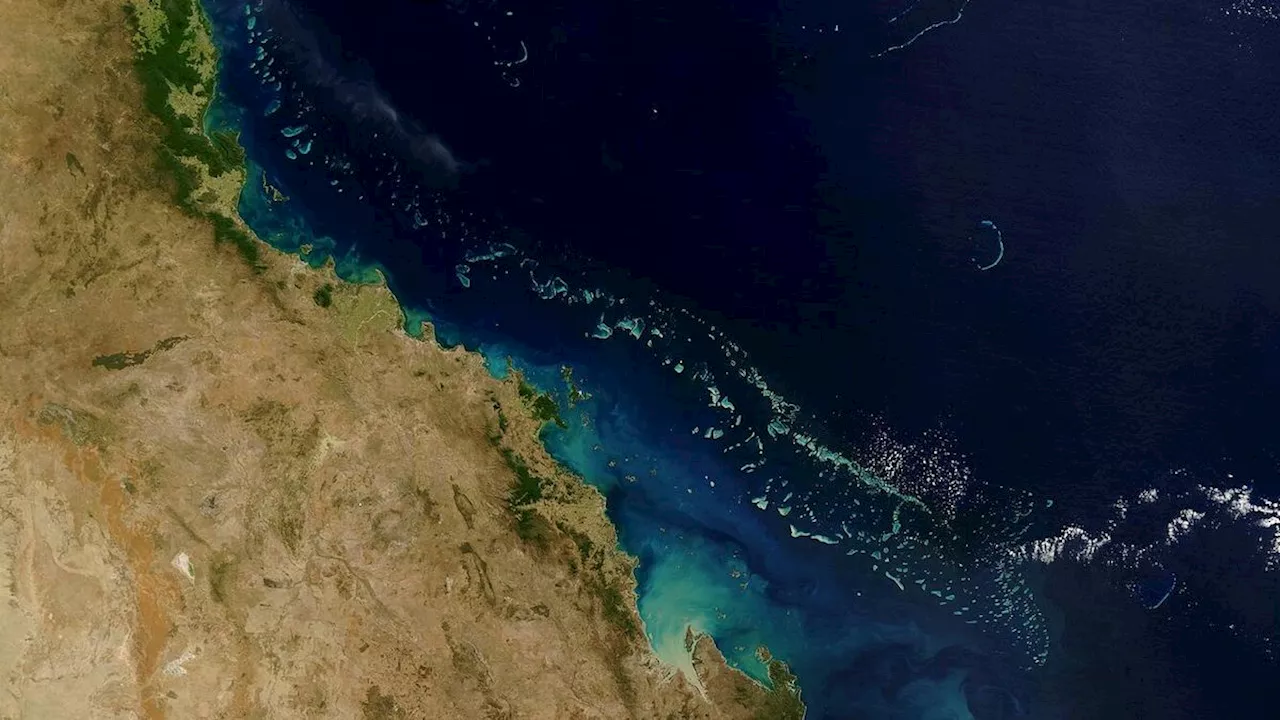 Satellites watch as 4th global coral bleaching event unfolds (image)Sharmila Kuthunur is a Seattle-based science journalist covering astronomy, astrophysics and space exploration. Follow her on X skuthunur.
Satellites watch as 4th global coral bleaching event unfolds (image)Sharmila Kuthunur is a Seattle-based science journalist covering astronomy, astrophysics and space exploration. Follow her on X skuthunur.
Read more »
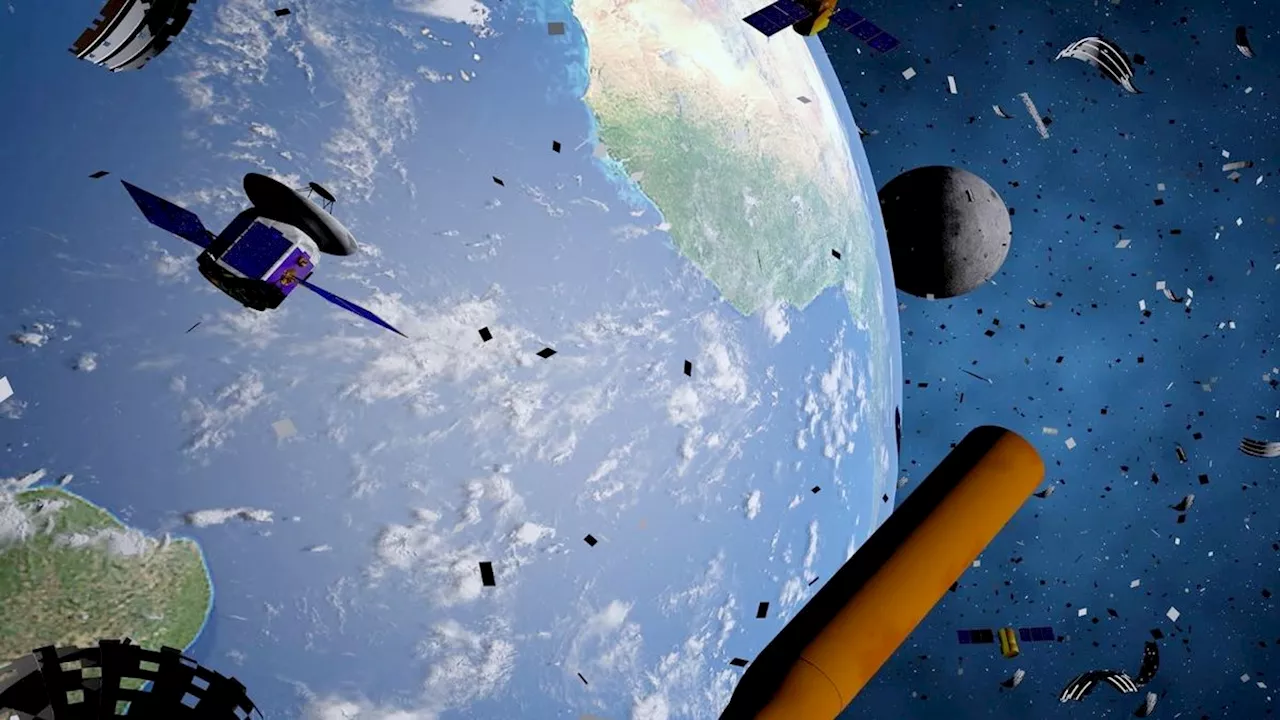 India aims to achieve 'debris-free' space missions by 2030Sharmila Kuthunur is a Seattle-based science journalist covering astronomy, astrophysics and space exploration. Follow her on X skuthunur.
India aims to achieve 'debris-free' space missions by 2030Sharmila Kuthunur is a Seattle-based science journalist covering astronomy, astrophysics and space exploration. Follow her on X skuthunur.
Read more »
